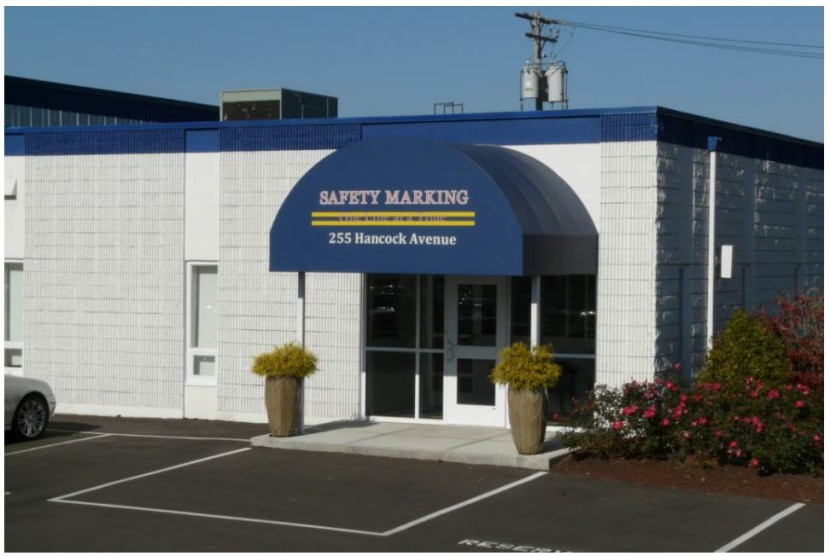
Though it might be hard to imagine, there was a point in time where drivers took to the open road with no markings in sight. At the beginning of the last century, pavement markings still ceased to exist as only 55,000 automobiles were present in the entire United States. The rise of the automobile industry significantly increased the number of vehicles on the road and, in turn, the demand for pavement markings. Safety Marking Inc., the pacesetting leader in the pavement marking industry today, dives deeper into the history of pavement marking, below:
Ancient Road Markings to Painted Beginnings
The oldest found evidence of pavement marking can be traced back to road markings from ancient Mexico around 1600 A.D. The ancient markings were identified on a road close to Mexico City and consisted of a centerline placed to divide opposing traffic. The centerline was made out of lighter-colored stones set in the road. Fast forward to 1911, Wayne Country in Michigan produced the earliest record of a painted centerline. A man named Edward Hines was Wayne County Board of Roads' chairman who pursued the idea after being inspired by an image of a white trail on the road created by a leaking milk wagon.
The Development of Painted Lines
In the early twentieth century, road markings were being painted in different cities at various times. As the automobile industry grew, so did the number of automobiles on the road. Painted lines down the center of the road were supported by California, Michigan, and Oregon in 1917. Unfortunately, proper finances were not always accessible, like when a deputy out of Multnomah County, Oregon, suggested improving the Columbia River Highway's safety by painting a yellow line. Fortunately, when Multnomah County declined the recommendation, the deputy's boss stepped in and paid the fee.
Growth in State Implementation
As time passed, eventually, every state in the country implemented pavement markings on their roadways. In the 1950s, roadway edge lines were tested on the Merritt Parkway in Connecticut. By then, there were an estimated 40 million registered vehicles in the United States, and the need for pavement markings along the road became a call for safety standards. As more and more states adopted pavement markings, the lack of standardization soon became evident. However, it was not until the 1970s when the system of pavement marking became regulated.
 |
 |
The Start of Safety Marking
Around the same time standardization occurred for pavement markings, Mark Kelly, Safety Marking President, founded Safety Marking Inc. in 1973. Kelly started the company as a small, family-owned striping business serving Fairfield County, Connecticut, and now offers eight primary services with offices in Connecticut, Rhode Island, and New York.
Safety Marking has always stayed true to its Vision: To be the safest and most professional pavement marking company in the industry. Compared to a starting number of 55,000 cars on roads in the United States, the 2018 number of automobile registrations reached 1,306,709 in Connecticut alone. In the United States, there were approximately 273.6 million registered vehicles. With so many cars on the road today, pedestrian safety is paramount.
In 2017, traffic accidents were the cause of 5,977 pedestrian deaths in the United States. During the same year, approximately 137,000 pedestrians were sent to the emergency rooms for car-crash related injuries. Companies like Safety Marking strive to minimize these devastating statistics through safety courses for their employees engaged in active work zones. The organization also assists pedestrian safety by using Epoxy pavement markings that last on average three to five years combined with a double drop-bead system that produces the highest level of wet night reflectivity.
About Safety Marking Inc.
Safety Marking Inc. is a family-owned business founded by Mark Kelly in 1973 to provide pavement marking services in Fairfield County, CT. Safety Marking Inc. is devoted to consistently exceeding customer and employee expectations through innovation, accountability, integrity, and teamwork. It has long-standing partnerships with the local Wakeman Boy's and Girl's Club and the Thomas Merton Center to encourage healthy citizenship and support those in need.








